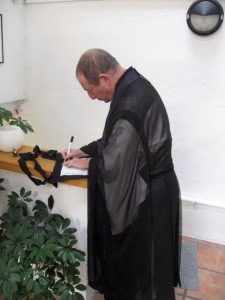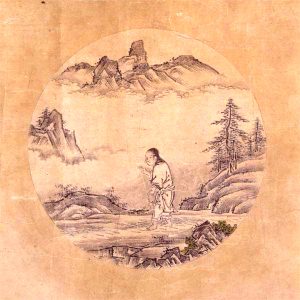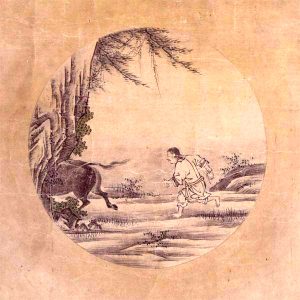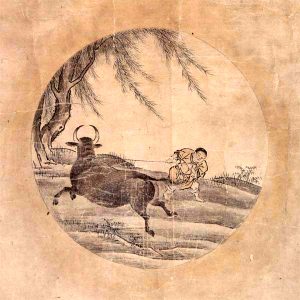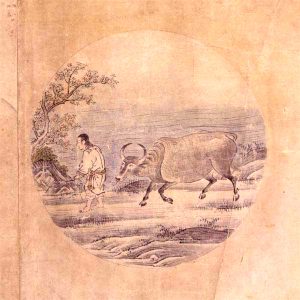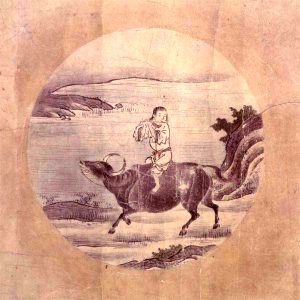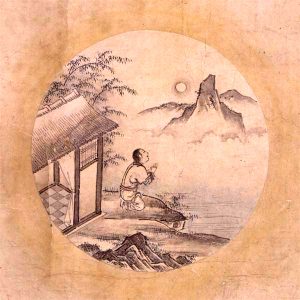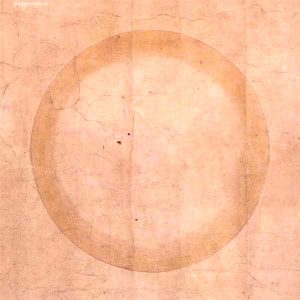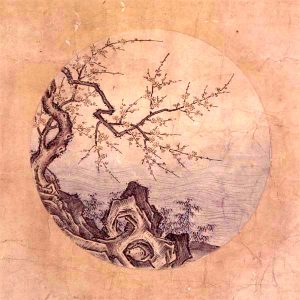Woman On A Bench
“Anne Lamont is a writer. I think she is at her best when writing about writing. To paraphrase something she said, ‘To start each day, get your butt in chair… you can write badly but you must get your butt in chair.’ Our Artist group is a Zen artist group. And so to make the connection to our practice we emphasize just that; Craft and takes, ‘butt in chair.’
This wonderful drawing by Chris Ella Dick is the result of that. It is the results of lots of work, lots of practice, and lots of years. When she sent it to me along with some others this drawing sang to me. It was like I could feel what the emotions were and will be inside the young woman on the bench.
It is also done with a minimum amount of embellishment. It is direct with nothing extra and that has historically been a mark of Zen art. I have never done this before with Chris but I was wanting to put music to it. So I turned on my recording program, looked at the drawing, and did a short improvisation which is what you hear. It was done completely spontaneously, like Chris’ ‘butt in chair.’
I am very happy about the results of this collaboration, with the most important part of that being the kind of happiness it creates that just makes me practice more, and I know that is true for Chris as well. We (Lost Coin) have a wonderful Arts and Scholars group. We recognize both those things as vehicles for practicing zen.
It’s very simple attention, and practice attention, and practice that’s what we do, and it works. I would like to say to my students and anyone else interested in this that is all it takes attention, practice, commitment. And time does the rest.” – Daniel Doen Silberberg Roshi, April 9th, 2020

| Ice & Water – Lost Coin Arts Video art piece from Adam Barczak inspired by a poem from Cold Mountain. |
Ten Ox-Herding Paintings
…
The Ten Ox-herding Pictures [in Korean, Ship-u-do] describe the path to
enlightenment and self-development in the Seon (Chan, Zen) tradition. This series of paintings
is frequently seen adorning the walls outer of the Beopdang (Main Dharma Halls) of
Korean Buddhist temples, especially those of the Jogye Order and Taego Order. They depict
a deep metaphor for the progress of Seon practice, meditation as the path to awakening one’s
true mind or Buddha-nature, and uncovering one’s innate wisdom and compassion.
The ten images are the representation in folk-motifs of Seon practice used for training the mind.
They depict a young ox-herder searching for, taming and then transcending an ox. The boy
represents the practitioner and the ox represents the mind the practitioner is trying to find,
control and break through to its original nature. The paintings are divided into ten stages of
meditation process while practicing Seon:

1. Searching for the Ox
In this first picture, the young ox-herder is out in nature
looking a little lost, running here and there. We are all
like this ox-herder in this world; we are anxiously
looking for something, inner peace. The ox-herder is
meditating for the first time in searching for his
Buddhahood. In Seon Buddhism, it is assumed that
we all have the innate Buddha-nature, indicating the
potential for such beings to manifest Buddhahood.

2. Seeing the Tracks
The ox-herder finally sees some footprints, his
first traces of finding his missing ox, and thus
gains some hope.
Here the practitioner is catching a glimpse of
his original mind, innate Buddhahood.

3. Seeing the Ox
As the boy follows the tracks of the ox, he finally sees
the ox half-hidden among the trees. This shows that if
the practitioner studies and practices hard, he will find
his true mind (Buddhahood). One week we visit a
temple, another week we talk with a teacher. We
continue to read books to find a good way to practice.
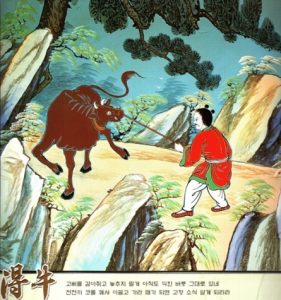
4. Catching the Ox
The boy is trying to catch the wild ox with a rope,
but it does not want to be caught. The boy has to
hang on tightly as the ox jumps fiercely and drags
him hither and thither. Similarly, even though the
practitioner has now had a glimpse of his true nature,
he has not yet severed all delusions from his mind.
It is a tough struggle to pacify all his wild thoughts.
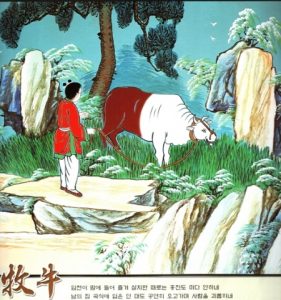
5. Tending the Ox
The boy is gently tending the ox and the ox is not wild
any more. However, he is still holding on to the rope
loosely because he knows that although the fight is
over, he must remain vigilant. Even if one makes
great progress, one must continue to practice hard.
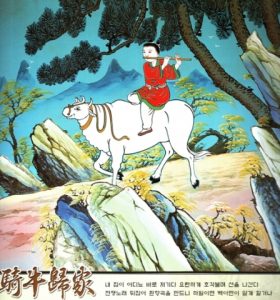
6. Riding the Ox back home
The ox-herder is sitting leisurely on the ox playing
the flute. Riding the trained ox, the boy happily
comes back home. If the practitioner controls his
mind he will return to his true, original mind.

7. The Ox forgotten, the Ox-herder Rests Alone
The ox has disappeared and the boy is resting along at home.
After the boy returns home he sits alone forgetting the ox. He is
at the peace with his mind, body and heart. This means that
even though the practitioner reaches a certain level of
enlightenment, we should keep on practicing without rest.

7. The Ox forgotten, the Ox-herder Rests Alone
The ox has disappeared and the boy is resting along at home.
After the boy returns home he sits alone forgetting the ox. He is
at the peace with his mind, body and heart. This means that
even though the practitioner reaches a certain level of
enlightenment, we should keep on practicing without rest.
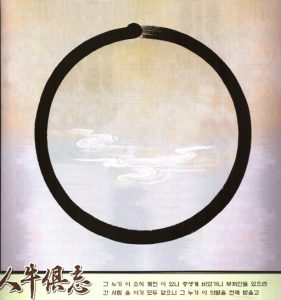
8. Both the Ox and Ox-herder are Forgotten
Now the boy and the ox are both gone. There is only an empty
circle. It represents ’emptiness’ attained by forgetting both ox
and self. We all are interdependent. We are deeply connected
to the world. We realize that everything comes out of emptiness.
Emptiness is not a vacuum, a black hole, but the possibility of
endless transformation. We are a flow of conditions, without any
solid, separate identity. Through complete emptiness the boy
suddenly attains enlightenment, which cannot be described or
depicted, and so a mere circle is shown.
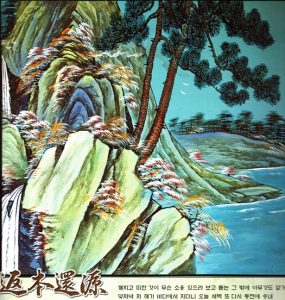
9. Returning to the Original Place, or Restoring the Original Root
Now there is no ox and no boy, only the beautiful natural scene viewed
with the original, clear mind, without subjectivity or judgement. Our life
is ordinary and just as it is but we look at it differently. With this mind
it is possible to see things as they really are. “Mountains are mountains,
and water is water”. We realize that everything expresses the truth of
life and awareness, and is communicating it with us.

10. Entering the Market Place with Helping Hands.
The ox-herder, after years of practice, returns from the
mountain to the village. We find spirituality everywhere; it is
not confined to monasteries and secluded places. This last
stage represents freedom, wisdom and compassion, the
core idea of Buddhism. The ox-herder goes to teach what
he has realized to all sentient beings, reflecting the
Bodhisattva spirit. Thus we can see how practice deepens
our realization at each stage as we continue on the path.
| NEW | Conference of the Birds This is part 1 & 2 of a video series. A Sufi story describing the journey. |
| What Is It? |
| The God Delusion – Richard Dawkins 2006 documentary The God Delusion. Biologist and professor Richard Dawkins explores the unproven beliefs that are treated as factual by many religions and the extremes to which some followers have taken them. |
| Video excerpt on Zen Master Dogen’s Mountains and Rivers Sutra by John Daido Loori, Roshi of Zen Mt. Monastery, NY Parting the grasses, Parting the Mountains and Rivers, Penetrating Delusion. This is small section of Ehei Dogen’s Mountain and Rivers Sutra filmed and narrated by Daido Roshi. |
| CASE 20: Jizô’s “Most Intimate” Jizô asked Hôgen, “Where are you going, senior monk?” Hôgen said, “I am on pilgrimage, following the wind.” Jizô said, “What are you on pilgrimage for?” Hôgen said, “I don’t know.” Jizô said, “Not knowing is most intimate.” Hôgen suddenly attained great enlightenment – SHôYôROKU (Book of Equanimity) |
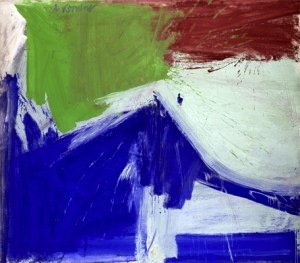 |
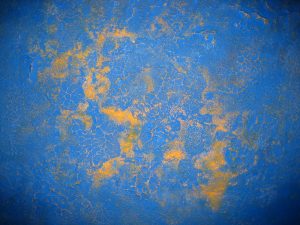 |
| Fudo Myo is a guardian against the dark spirits. The guardian represents the part of us that can stand against the great barrier of fear. Fudo is a beloved symbol- this one is in Kamakura, the former warrior capital of Japan. Our Lost Coin lineage descends from Kamakura. click on the images below for a larger size. |
 |
| Lost Coin continuing the tradition of practitioners and explorers click on the images below for a larger size. |
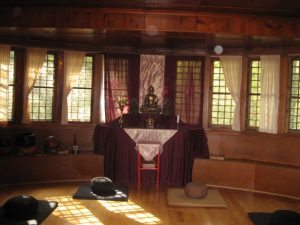
|
| “Wandering In Search of the Ox”
click on the images below for a larger size. |
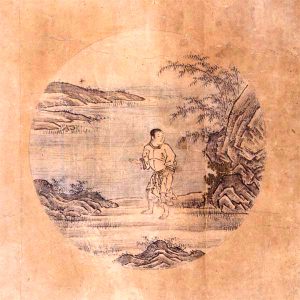
|
| Form and Emptiness (Relative and Absolute) click on the images below for a larger size. |
 |
 |
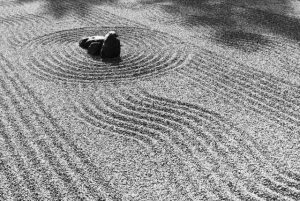 |
| Buddhist Chant – Heart Sutra (Japanese) Hannya Shingyo |
| Zen art video of water by John Daido Loori, Roshi of Zen Mt. Monastery, NY |
| Paul Caponigro, Photographer talks about his photography and his teacher Minor White. |
| Minor White: “On his death (Minor) White was hailed as one of America’s greatest photographers and is remembered largely for his ideas about the spiritual in photography. His influence can be seen in the work of students of his such as John Daido Loori,(Roshi) a photographer and Zen master” — from Wikipedia |
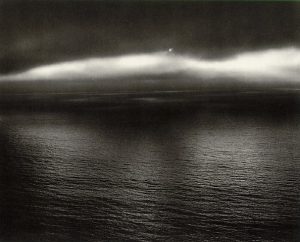 |
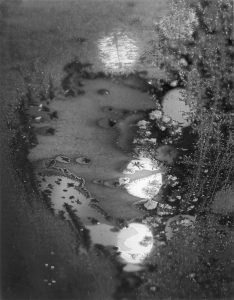 |
| Paintings by Sesshu Toyo: Born 1420 AD in Bitchu, Japan. He was a Zen monk and studied art under the most highly regarded painter of his time. |
 |
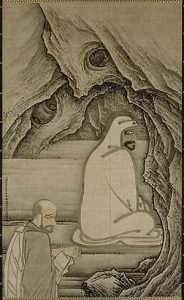 |
| The Mysteries of the Real World These photographs offer a glimpse of what is always in front of us whether we see it or not. Caryn Shudo Silberberg click on the images below for a larger size. |
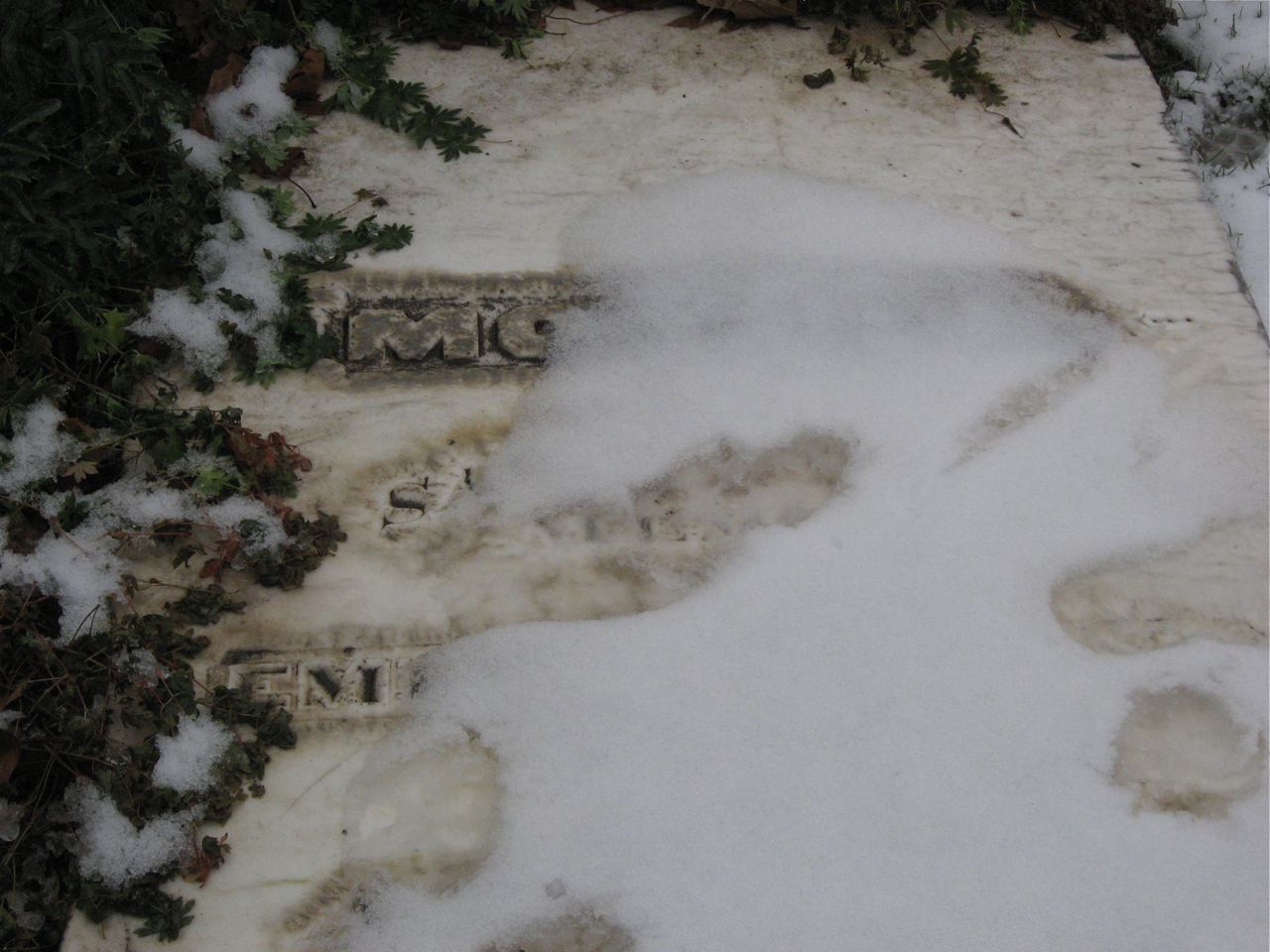 |
 |
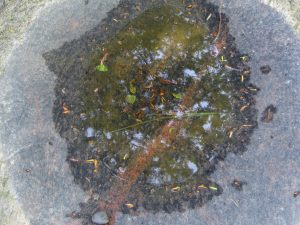 |
| ZEN PHOTOGRAPHY, John Daido Loori, Roshi of Zen Mt. Monastery, NY Doen Sensei studied both Zen and Arts with John Daido Loori, Roshi for 16 years. Roshi was an accomplished photographer and videographer as well as Abbot and Founder of Zen Mountain Monastery in upstate N.Y. |



